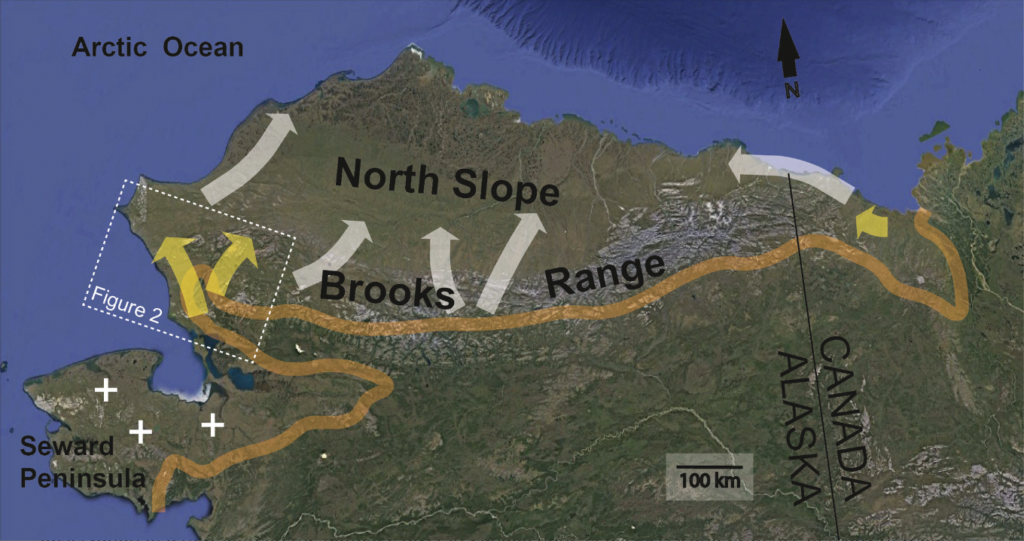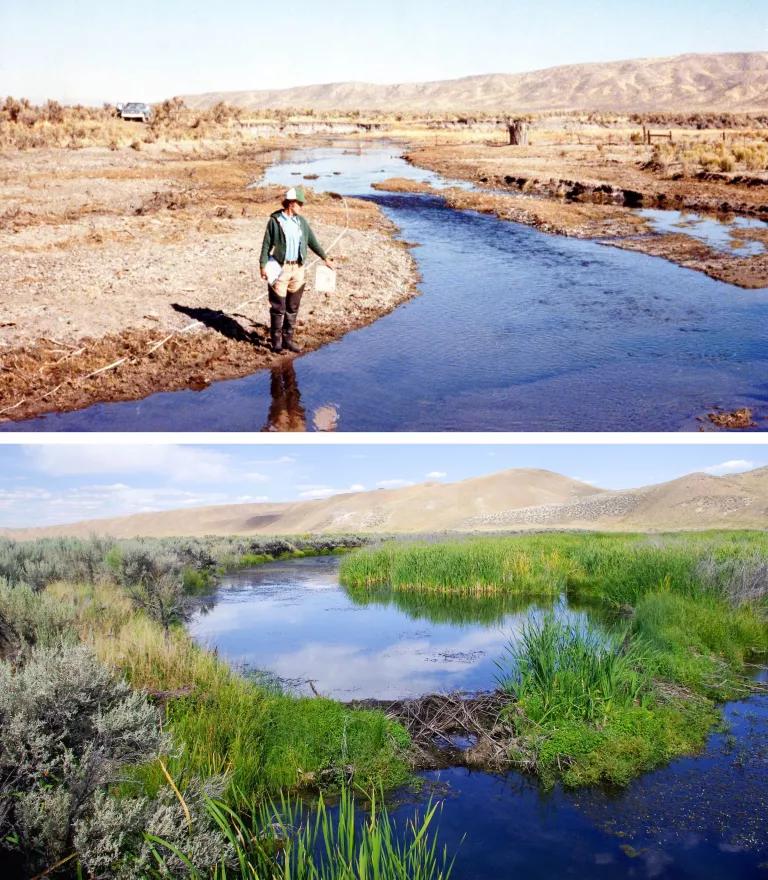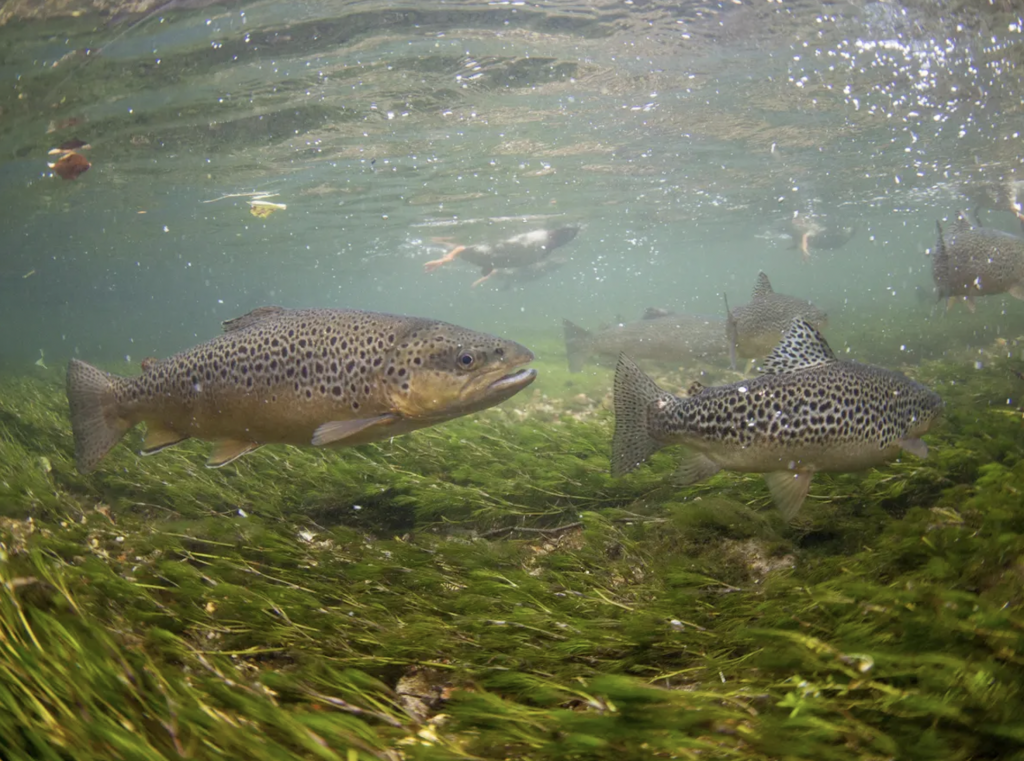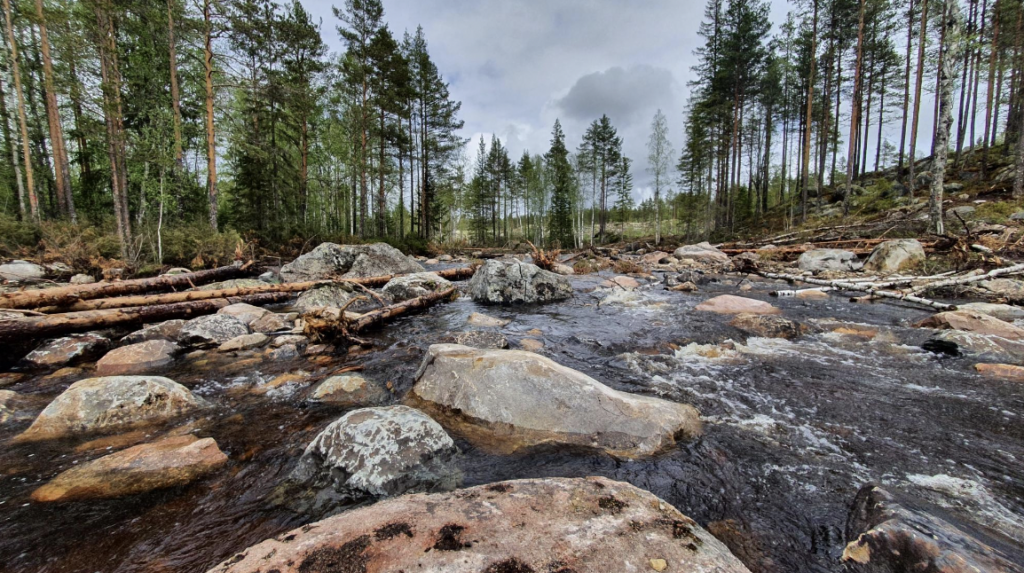Scientists today understand the ecological significance of beavers (Castor canadensis or Castor fiber), calling them “ecosystem engineers” because of the widespread impacts of their dams. Before their place in the ecosystems was known, beavers were eradicated from many parts of their historical range. This range included North America, Asia, and Europe, but overhunting led to drastic decreases in their numbers. Now that their importance is understood, beaver reintroduction has been initiated in many parts of their historical range as a method of stream conservation. (Brazier et al., 2020). However, beaver relocation is not always beneficial to the areas’ ecosystems. Whether due to changes in climate or human introduction, beavers can have drastic impacts on stream characteristics.
As the climate changes, beavers are beginning to naturally relocate to areas past their recent historical range. Beavers were overharvested almost to expiration by fur trappers in Alaska (19th – early 20th century). However, even during this time, they were constrained by tundra regions. It is widely believed that the cold temperatures further in the north froze open water, preventing beavers from establishing until recently when temperatures are rising. However, another theory suggests that beavers were present in the tundra in the past, but have not yet returned because historical hunting was so detrimental to their populations.
Whatever the case for their historical absence may be, beavers are beginning to move further into the tundra area. Due to warming air temperatures, the Arctic has had earlier snowmelt and increased warming of the permafrost (ground that is frozen around the year). These effects have been particularly noticeable in streams in particular. When the permafrost melts, it releases sediment and nutrients stored within. It can also release stored gases into the atmosphere, contributing to the changing climate. Melting ice can also break off and move through the water, exposing the stream bank. This encourages growth on the bank and can lead to an overall increase in photosynthesis.(Sturm et al., 2001).

Estimated map of beaver expansion past the tree line (orange line) in Alaskan and Canadian tundra. (Tape et al., 2018).
While changing climate may be the reason for beavers’ range expansion, this expansion also impacts the environment in return. As widely known “eco-system engineers”, this expansion was predicted to strongly impact tundra freshwater ecosystems.
Beaver activity can destabilize arctic streams. As they create dams, they create dynamic wetland ecosystems from these previously stable streams. These changes in the physical characteristics of streams diversify habitat. This can provide ideal conditions for non-native species to expand their own ranges. For example, beaver dams can increase water and sediment temperature downstream. Higher temperatures can improve the survival of fish eggs that are incubating in the sand The effects of these newly colonizing species are yet to be determined (Tape et al., 2018).

A beaver in the snow. (Lockhart, 2024).
In contrast, non-native beavers (Castor canadensis) in Cape Horn, Chile have reduced diversity in streams. In streams invaded by beavers, benthic macroinvertebrate communities were more uniform. Despite this decrease in diversity, the streams became more productive overall. While there were fewer taxa present, the abundance and levels of secondary production greatly increased. Temperatures downstream of the dams were also increased. These results contrasted with what was expected, as species diversity generally increases as habitat diversity increases. The contrasting results observed in Chile were proposed to be a result of increased substrate. While building dams, the beavers may have increased levels of substrate and organic matter on the stream bed, filling spaces where smaller taxa may live. By making the habitat below the streams more uniform, the invasive beavers caused a decrease in biodiversity despite increased productivity (Anderson & Rosemond, 2006).
Whether intentionally introduced or not, the expansion of beaver ranges into new areas can have widespread impacts on stream ecosystems. Beaver habits that are essential to their native ecosystems can have different results in different biomes. As the climate continues to change, beavers may continue to expand their range and may have unprecedented effects. Beaver ranges should be monitored continuously to manage detrimental effects on new ecosystems before irreversible damage is done.
References
Anderson, Christopher B., and Amy D. Rosemond. 2007. “Ecosystem Engineering by Invasive Exotic Beavers Reduces In-Stream Diversity and Enhances Ecosystem Function in Cape Horn, Chile.” Oecologia 154: 141–53. https://doi.org/10.1007/s00442-007-0757-4.
Brazier, Richard E., Alan Puttock, Hugh A. Graham, Roger E. Auster, Kye H. Davies, and Chryssa M. Brown. 2020. “Beaver: Nature’s Ecosystem Engineers.” WIREs Water 8(1). https://doi.org/10.1002/wat2.1494.
Lockheart, Neil. A beaver sits on a snowy riverbank. 2024. Photograph.
Sturm, Matthew, Charles Racine, and Kenneth Tape. 2001. “Increasing Shrub Abundance in the Arctic.” Nature 411: 546–47. https://doi.org/10.1038/35079180.
Tape, Ken D., Benjamin M. Jones, Christopher D. Arp, Ingmar Nitze, and Guido Grosse. 2018. “Tundra Be Dammed: Beaver Colonization of the Arctic.” Global Change Biology 24: 4478–88. https://doi.org/10.1111/gcb.14332.


